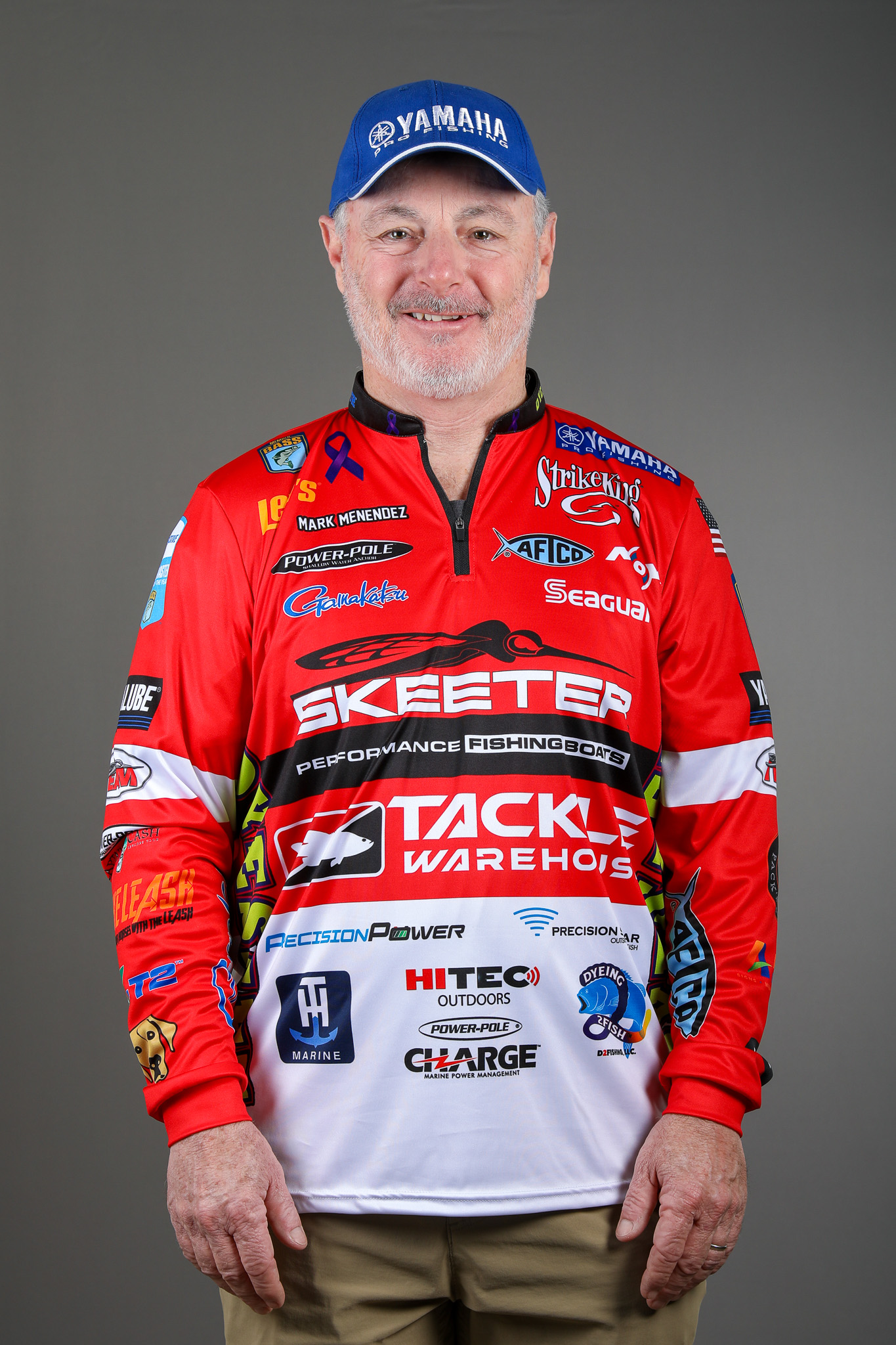
Sometimes it’s good to review some of the basics of bass fishing, and so it is with noise.
We all know that the surest way not to get a bite is to drop our locker lid down as hard as gravity will allow. The sound waves travel through the boat as well as out into the air and startle the bass. Throwing a lure at them after you do that is pretty much a waste of time. They’re worried about being attacked, not eating.
The same thing can be said about stomping around in your boat and banging equipment and tackle around when you pull up to a spot. But the thing a lot of anglers forget is the noise their trolling motors make when they’re running. It’s significant, and it matters.
There are a couple of aspects to trolling motor noise. The first one is when you start and stop your trolling motor to position your boat. Boat positing is important, but so is casting accuracy. Sometimes it’s better to make the best cast you can instead of jerking your trolling motor on and off so you can make a perfect cast.
Learn to cast from different angles and different directions. Not every cast needs to go towards the front of your boat. Off to the side and behind you is just as good, especially if you can do it quietly.
The second aspect of trolling motor noise is when you’re running it continuously. That’s certainly less of a problem than turning your motor on and off. For some reason a continuous vibration doesn’t seem to upset the bass as much as an intermittent one. But it’s still far from perfect.
My trolling motor is rarely used either way. I use it to get my boat into the best position I can, always running it continuously whenever possible. I do not, however, use it all the time. It’s an indispensable part of my bass fishing equipment but, like everything else, it has it’s place.
That’s why I’m so excited about MotorGuide’s new Tour and Tour Pro models for 2020.
They have all the bells and whistles that a new, cutting-edge trolling motor should have — GPS integration, anchor in place, assisted lift and a dozen other goodies — but the thing that sets it apart in my mind is its energy efficiency along with their new weedless prop they call the Katana. They named it after an efficient, razor-sharp Japanese sword, and rightly so.
Whenever I can run my motor at a lower speed and use less battery I’m making less noise and putting myself in a position to fish longer without battery hassles. I find myself running it one or two speeds lower than I usually run my current MotorGuide. That’s a big deal. The less noise and water pulses I make the more bass I catch. And, the less I draw my batteries down before I have to charge them the longer they’ll last.
The weedless prop is just as big a thing, too. It’s not so much about the hassle of removing weeds from it as it is the fact that I can go through them with less disturbance. It’s all about not messing with their world or alerting them to possible danger. And believe me when I say that they consider a big fan blade crashing into and ripping apart their weed patch a danger.
Think about noise when you go fishing, especially the noise made with your trolling motor. You’ll catch more fish. If you doubt what I’m saying, give it a try anyway. See what happens.





